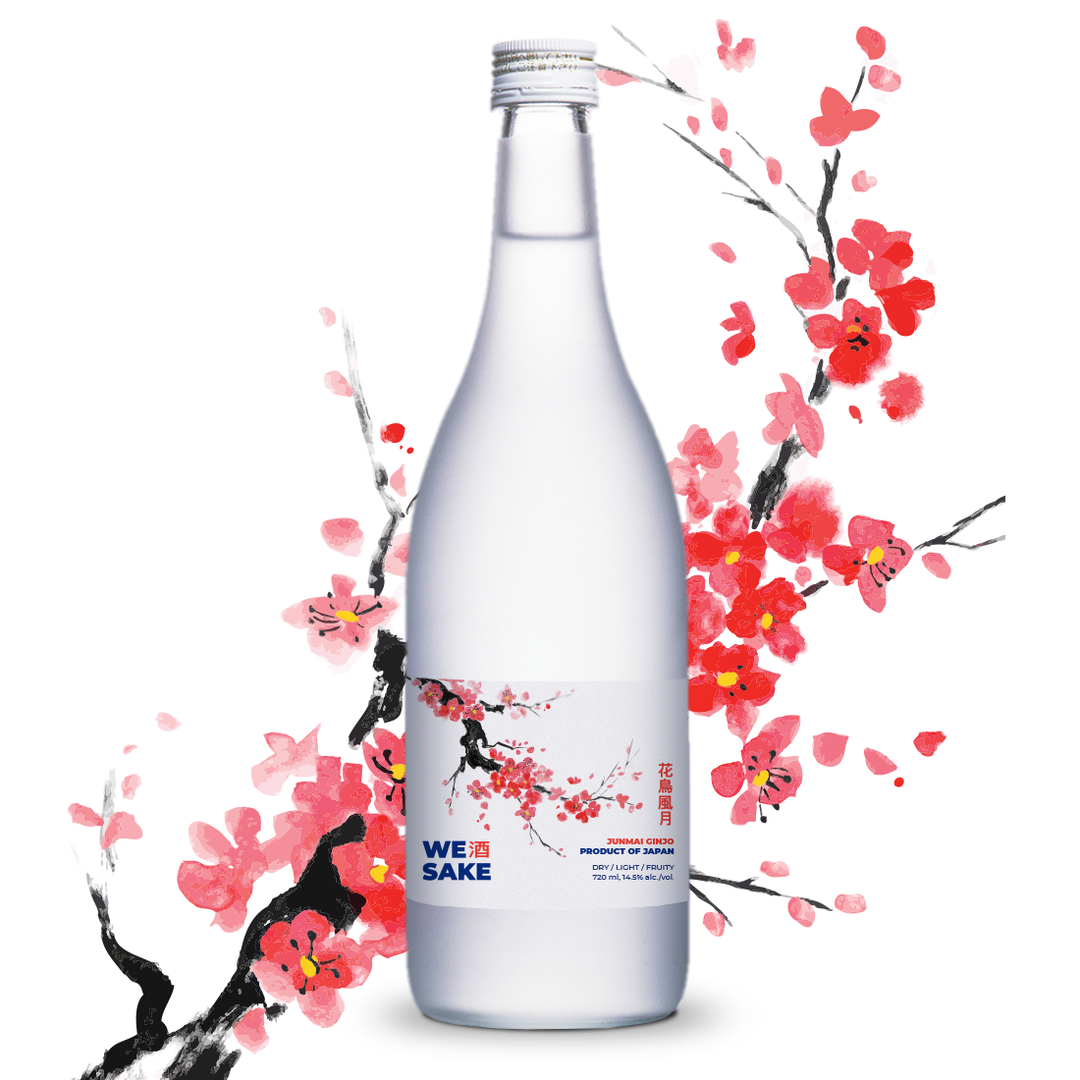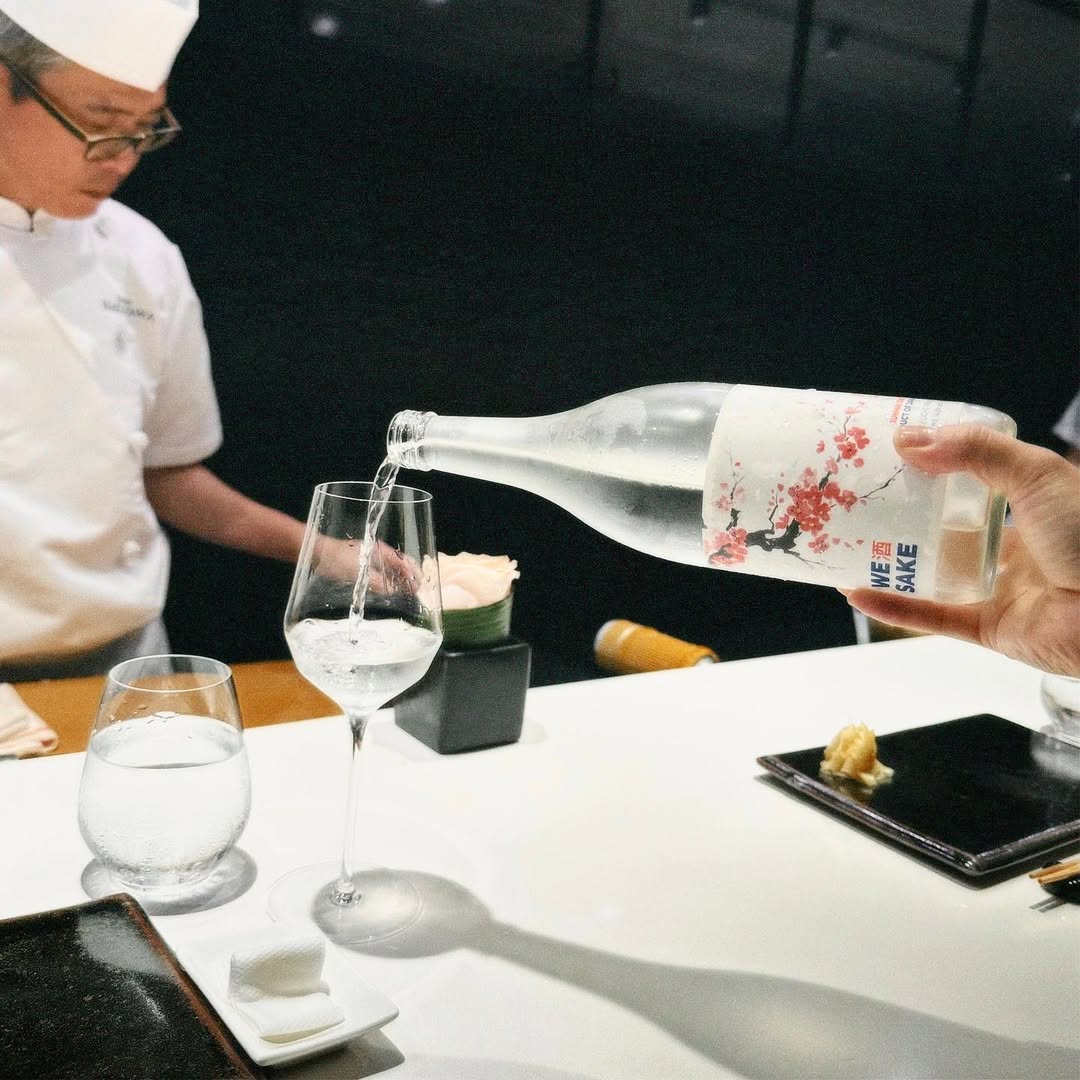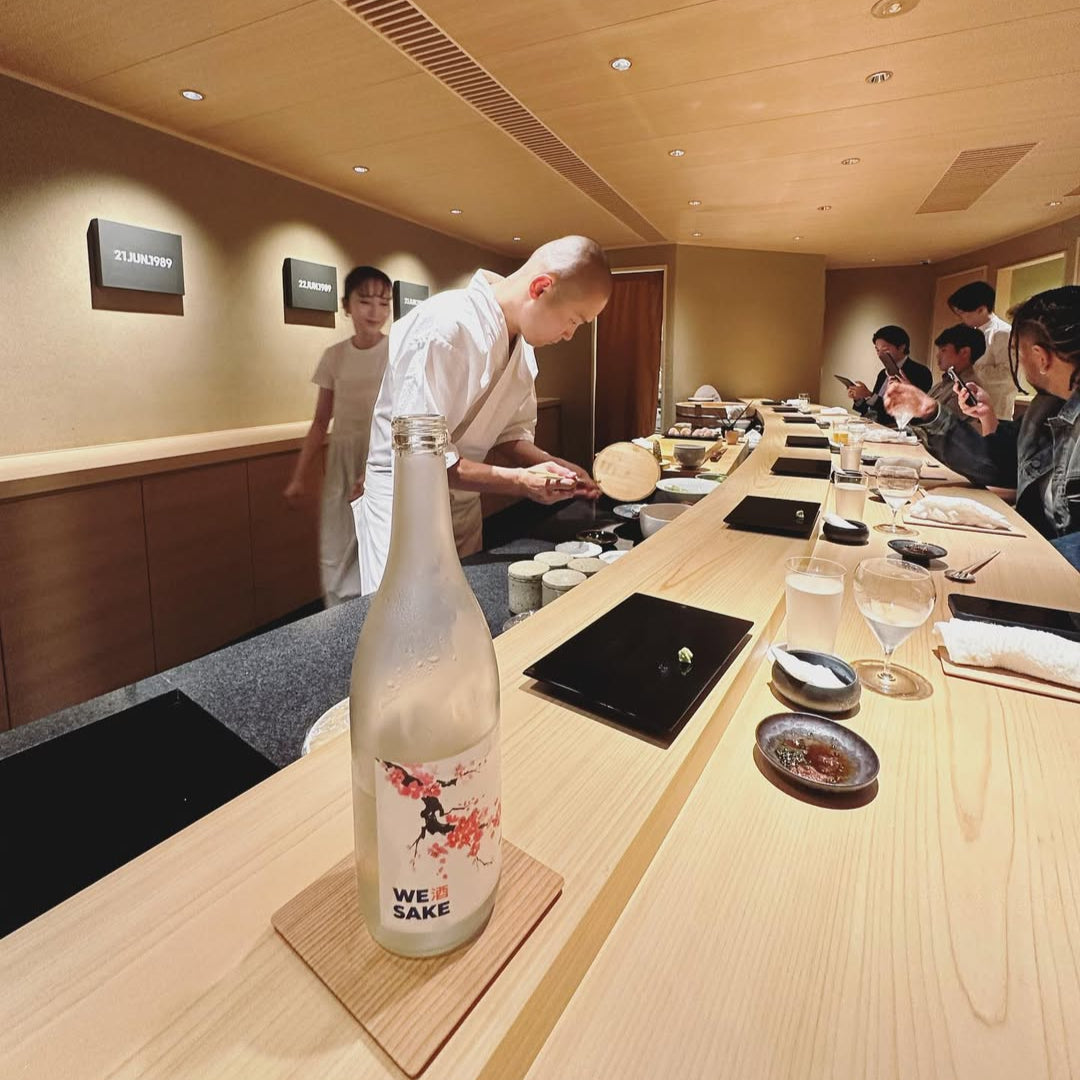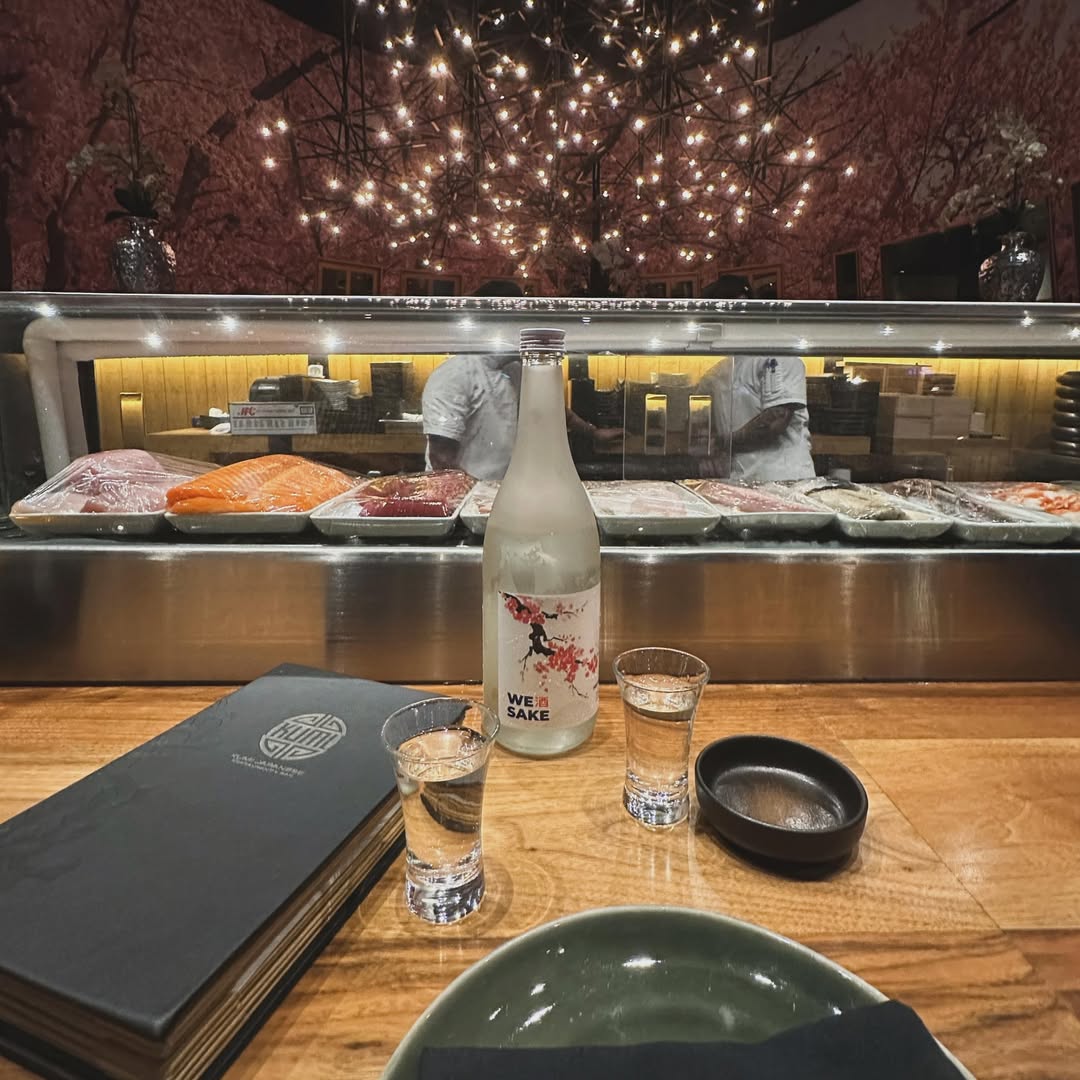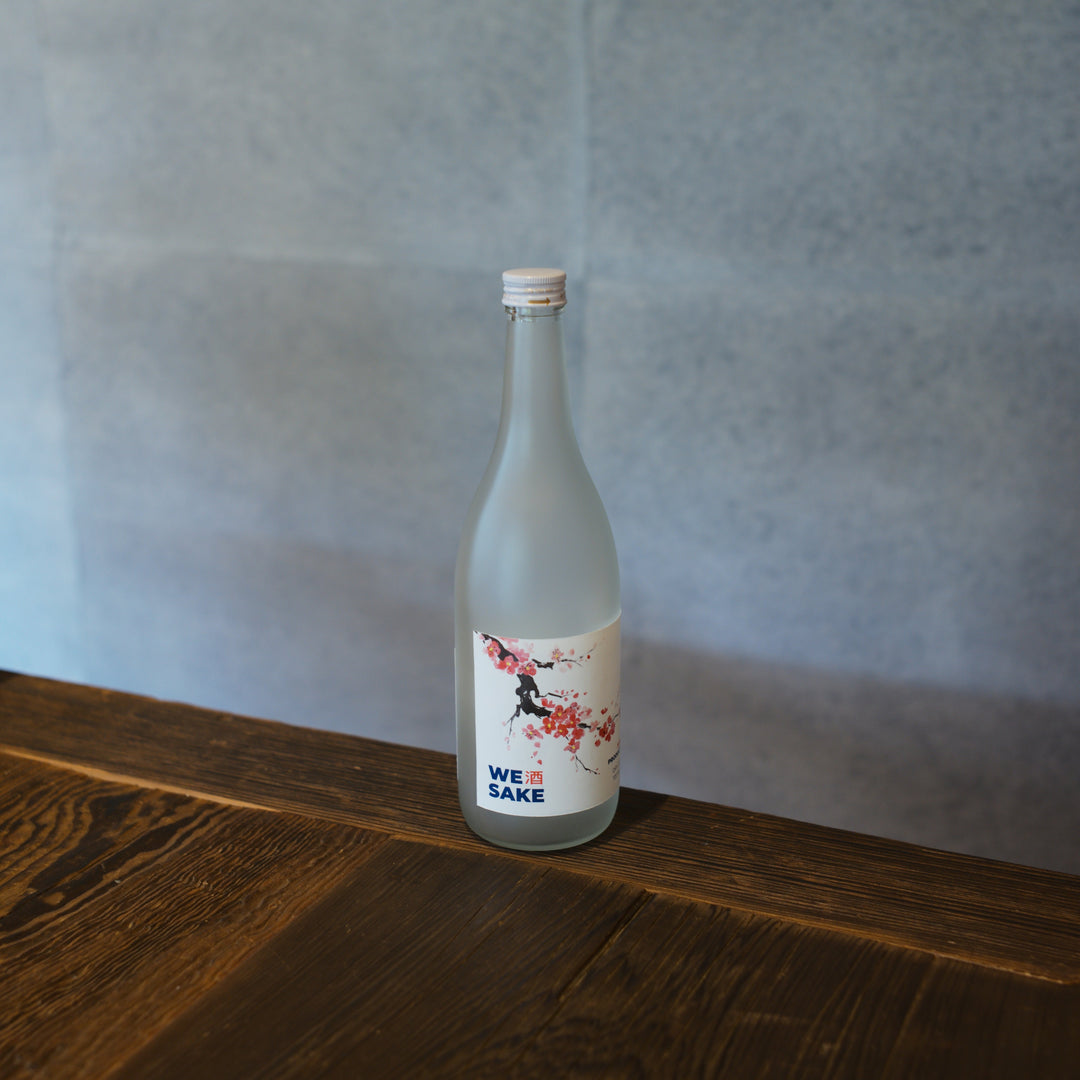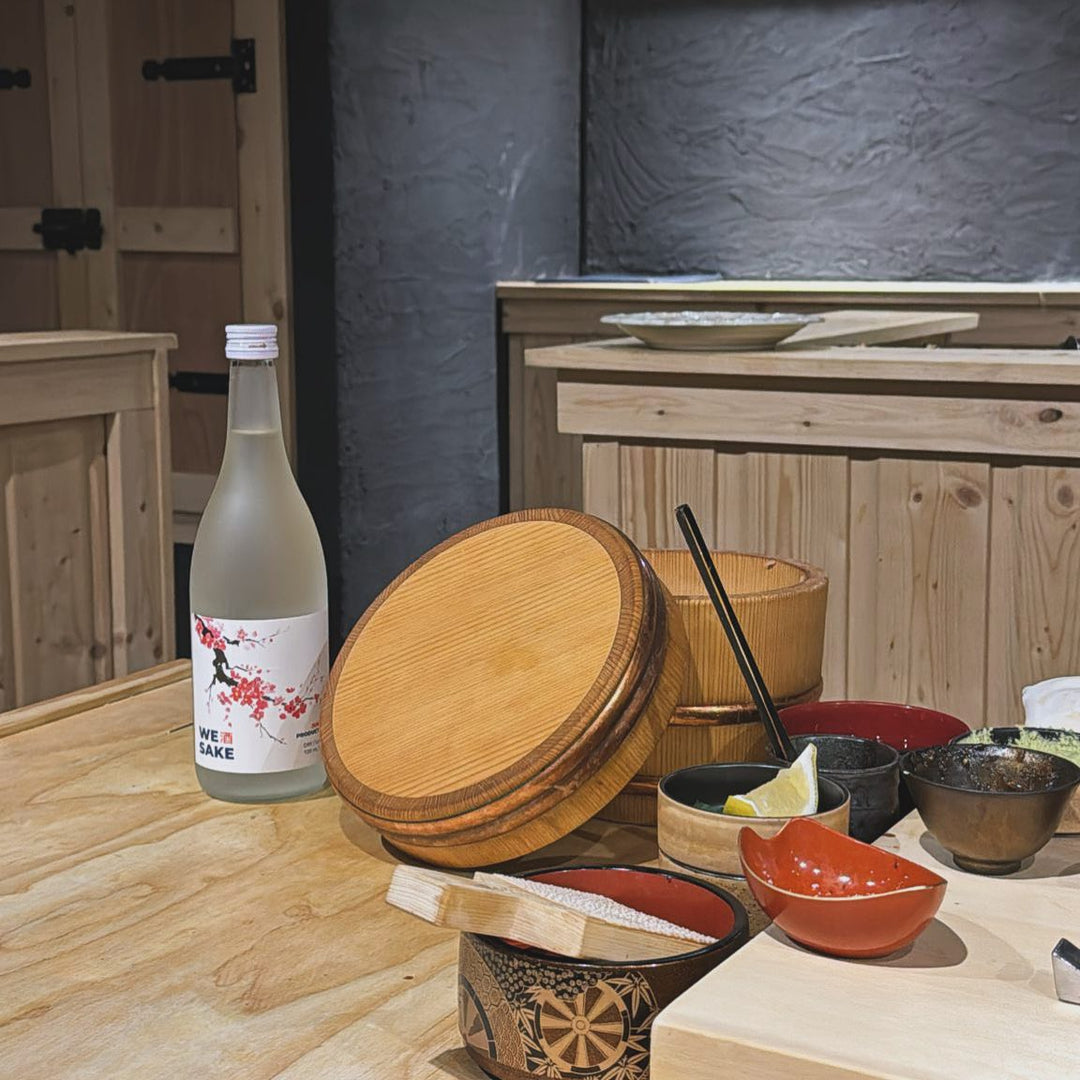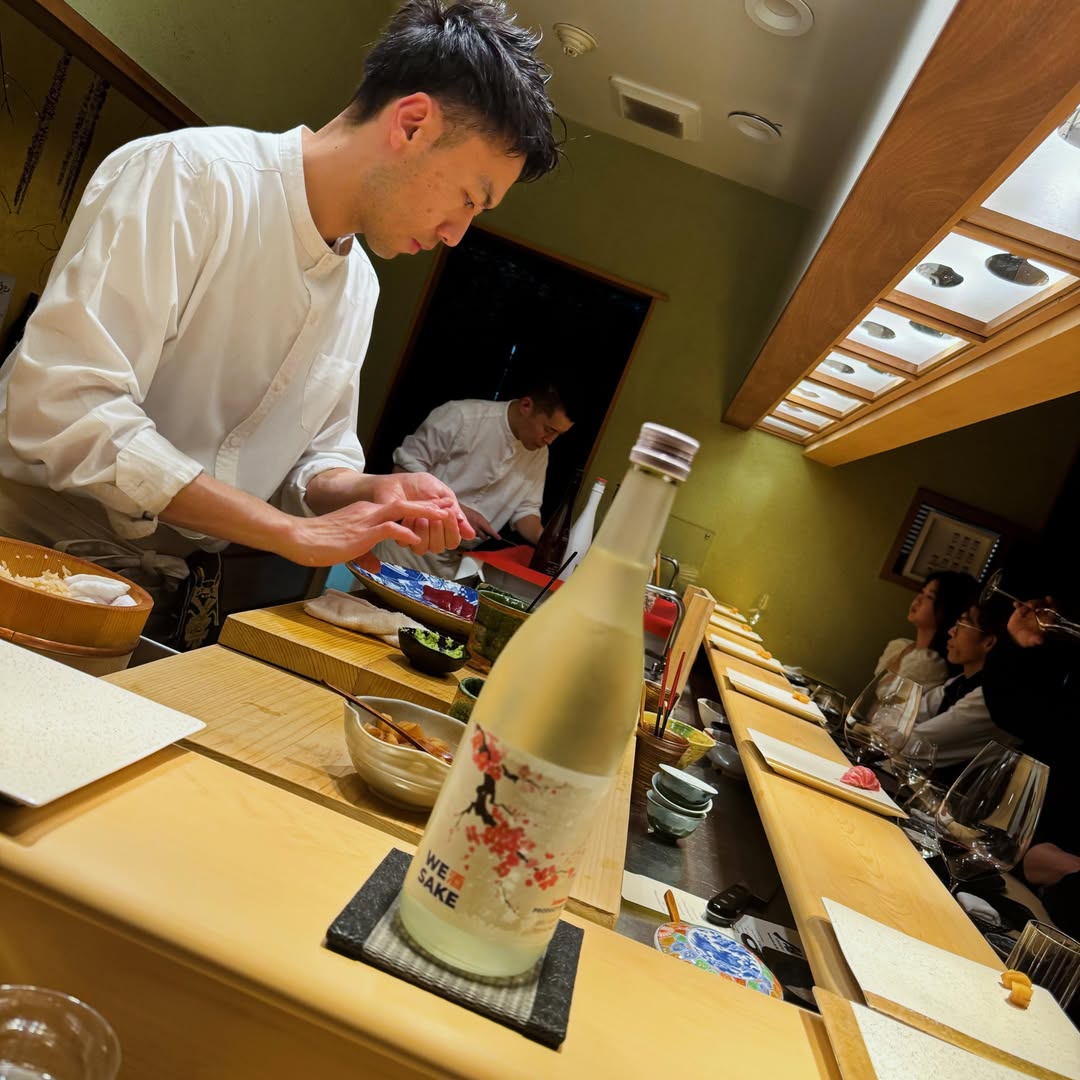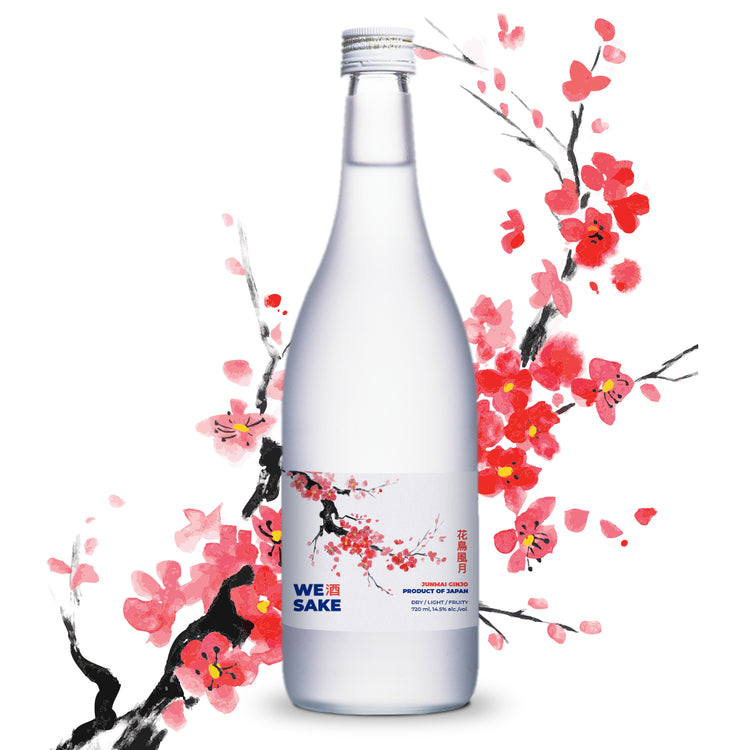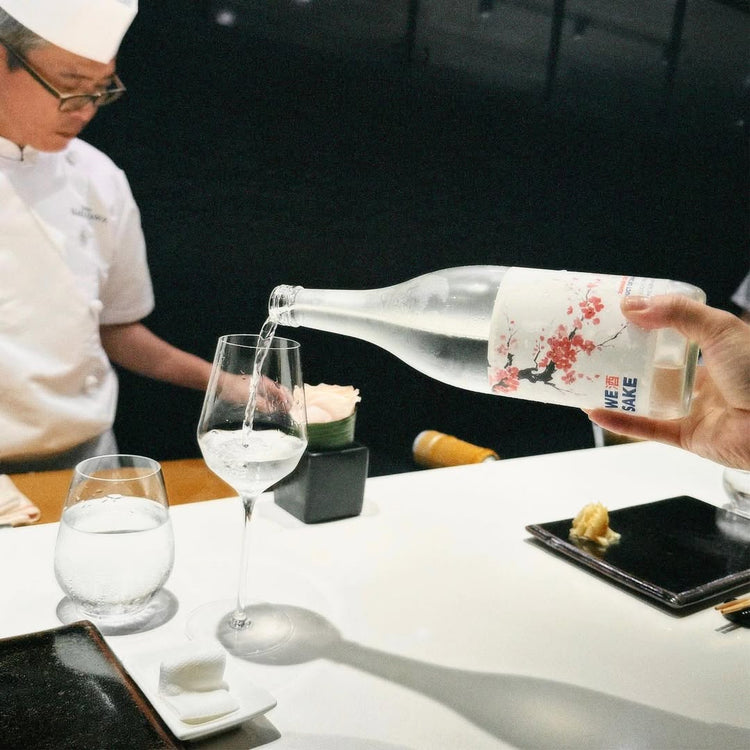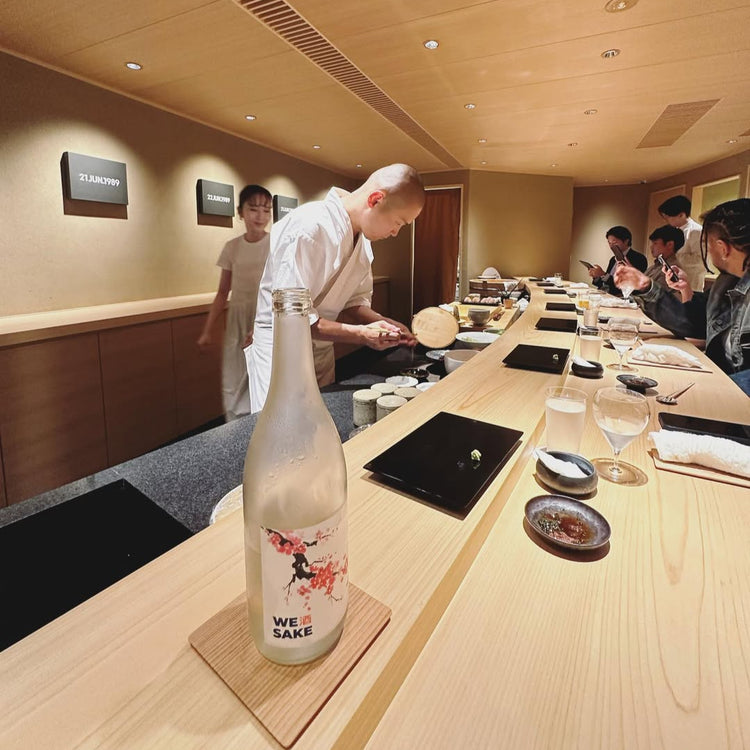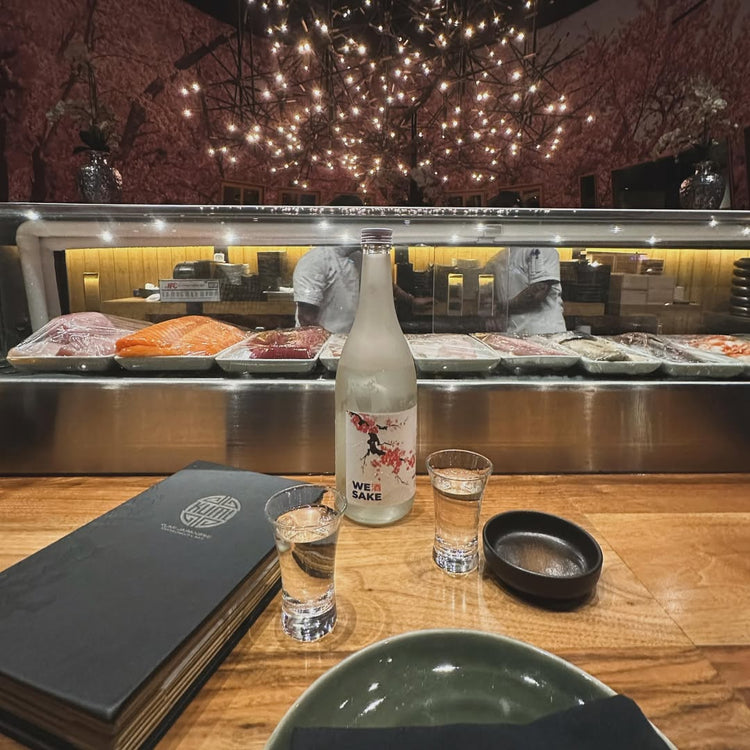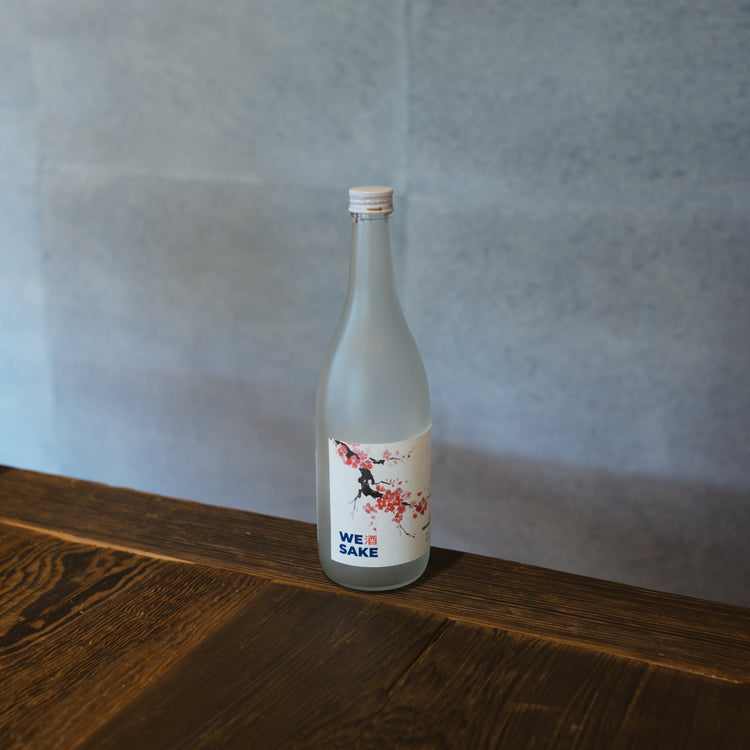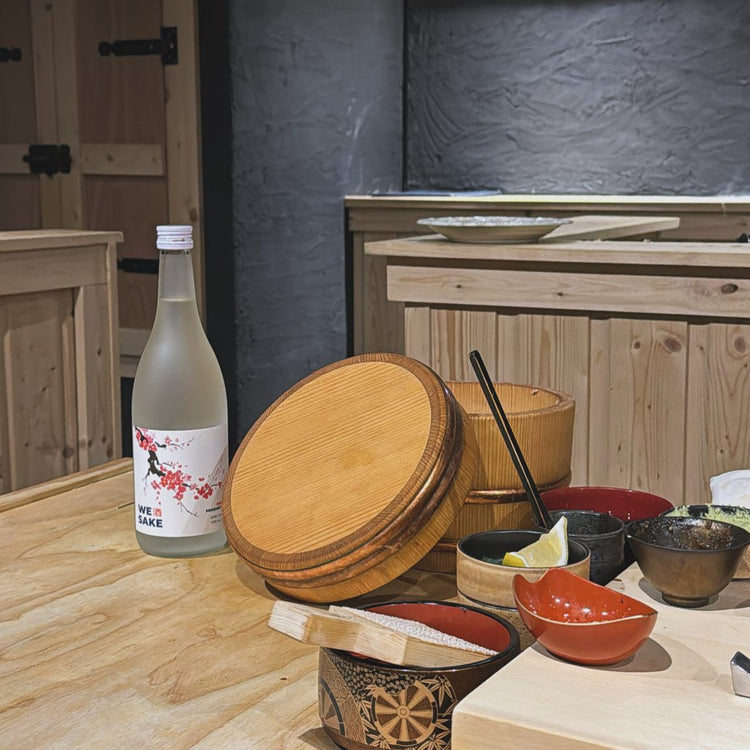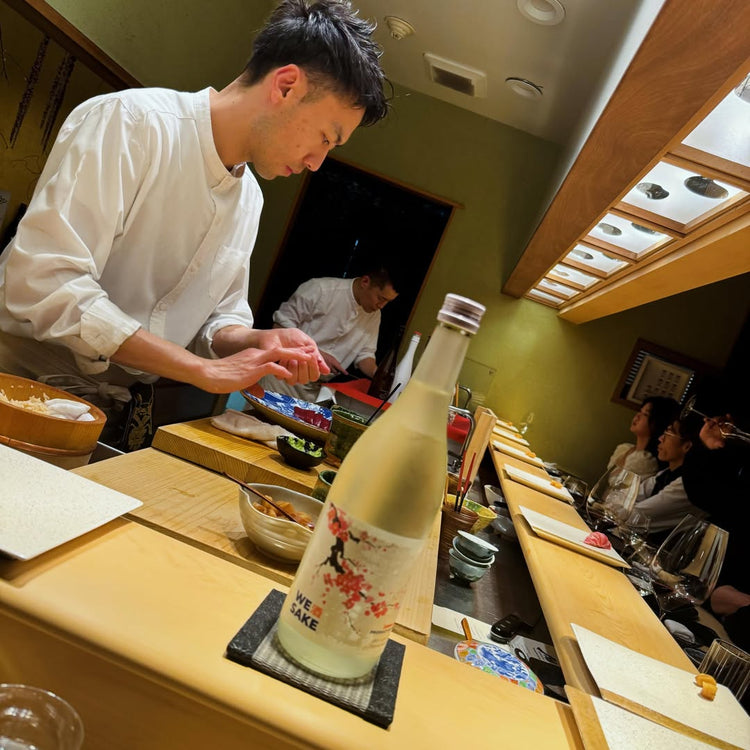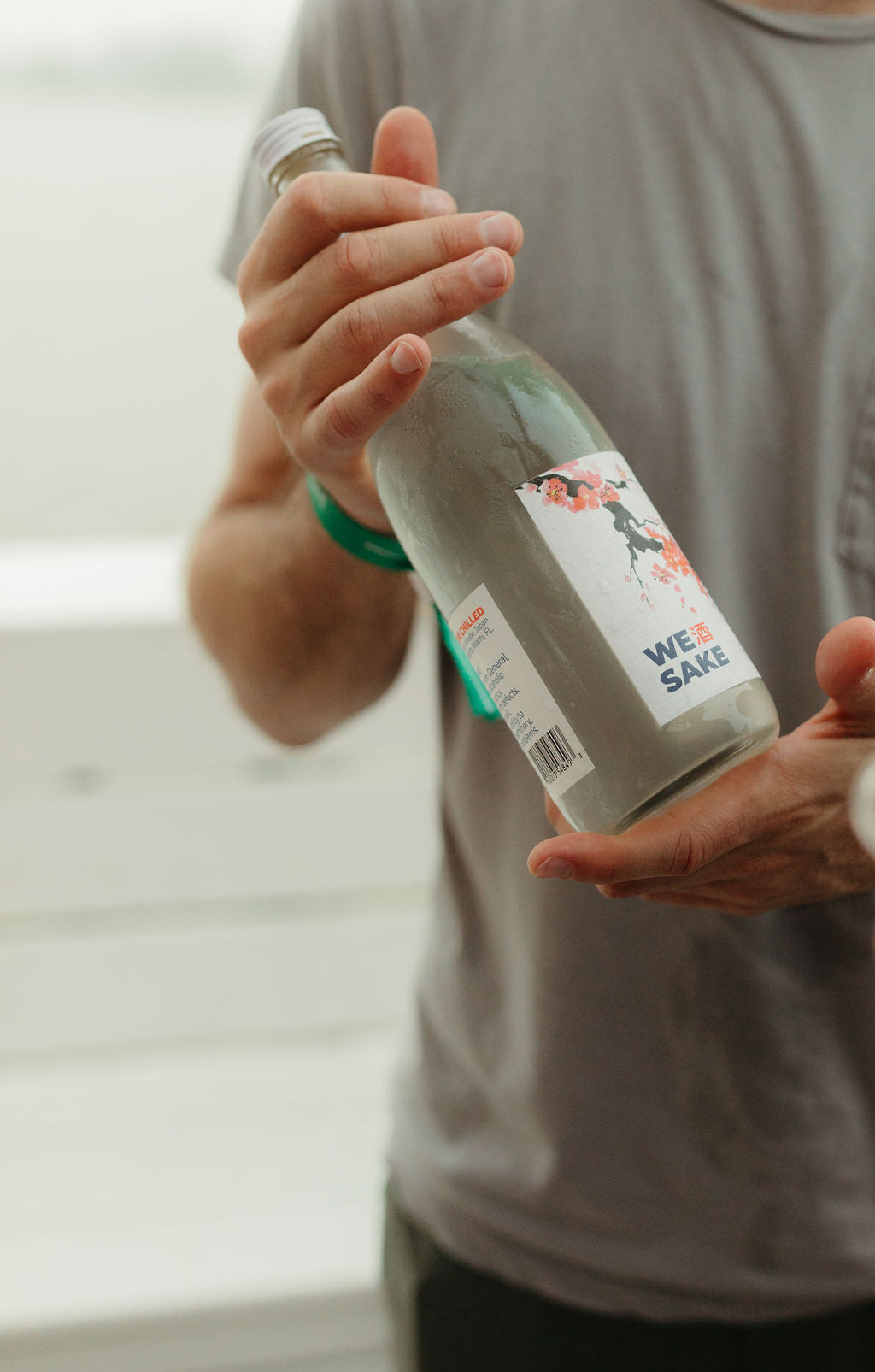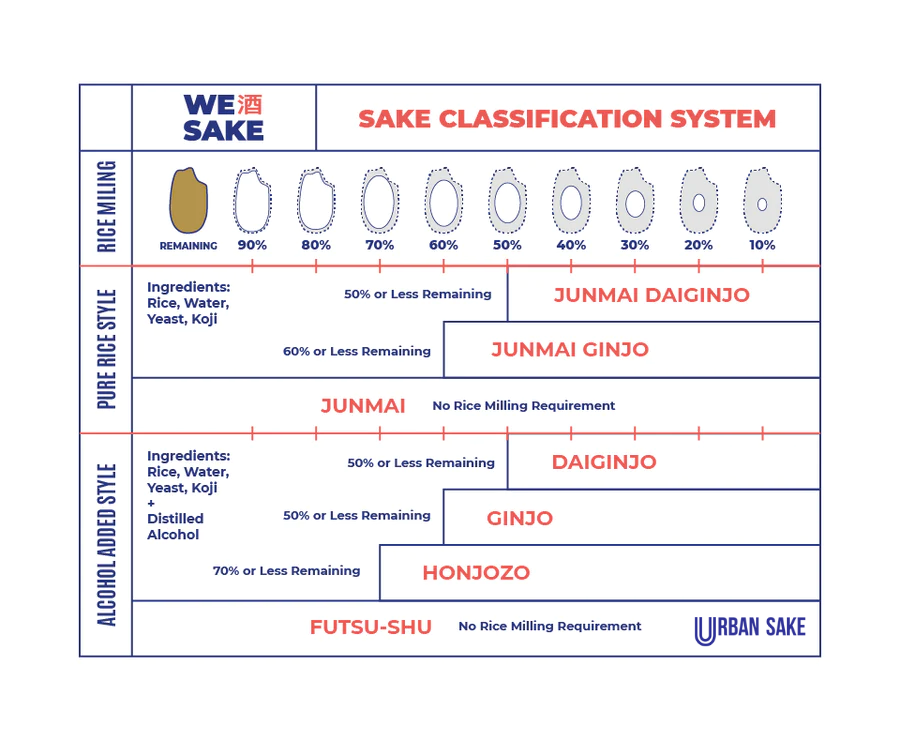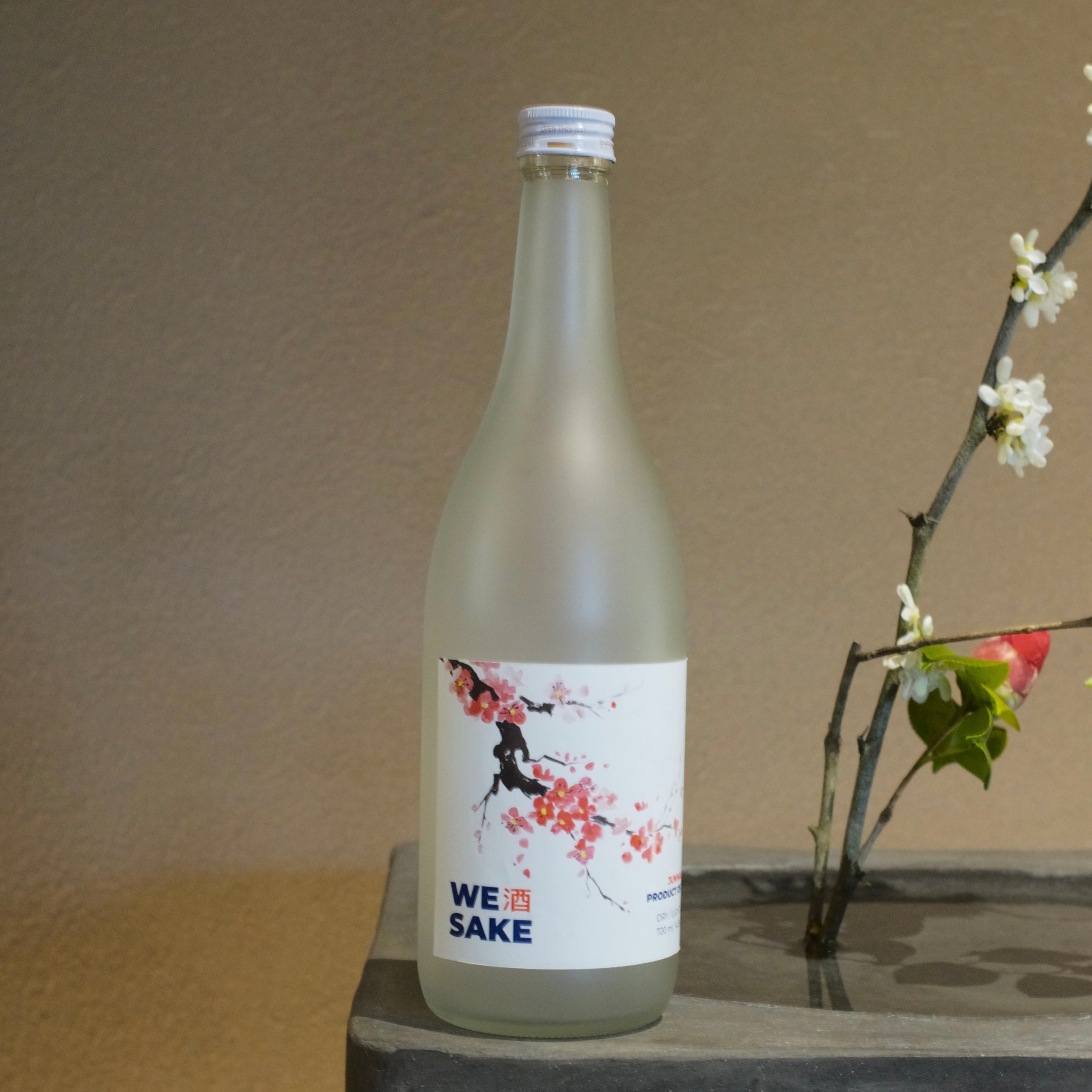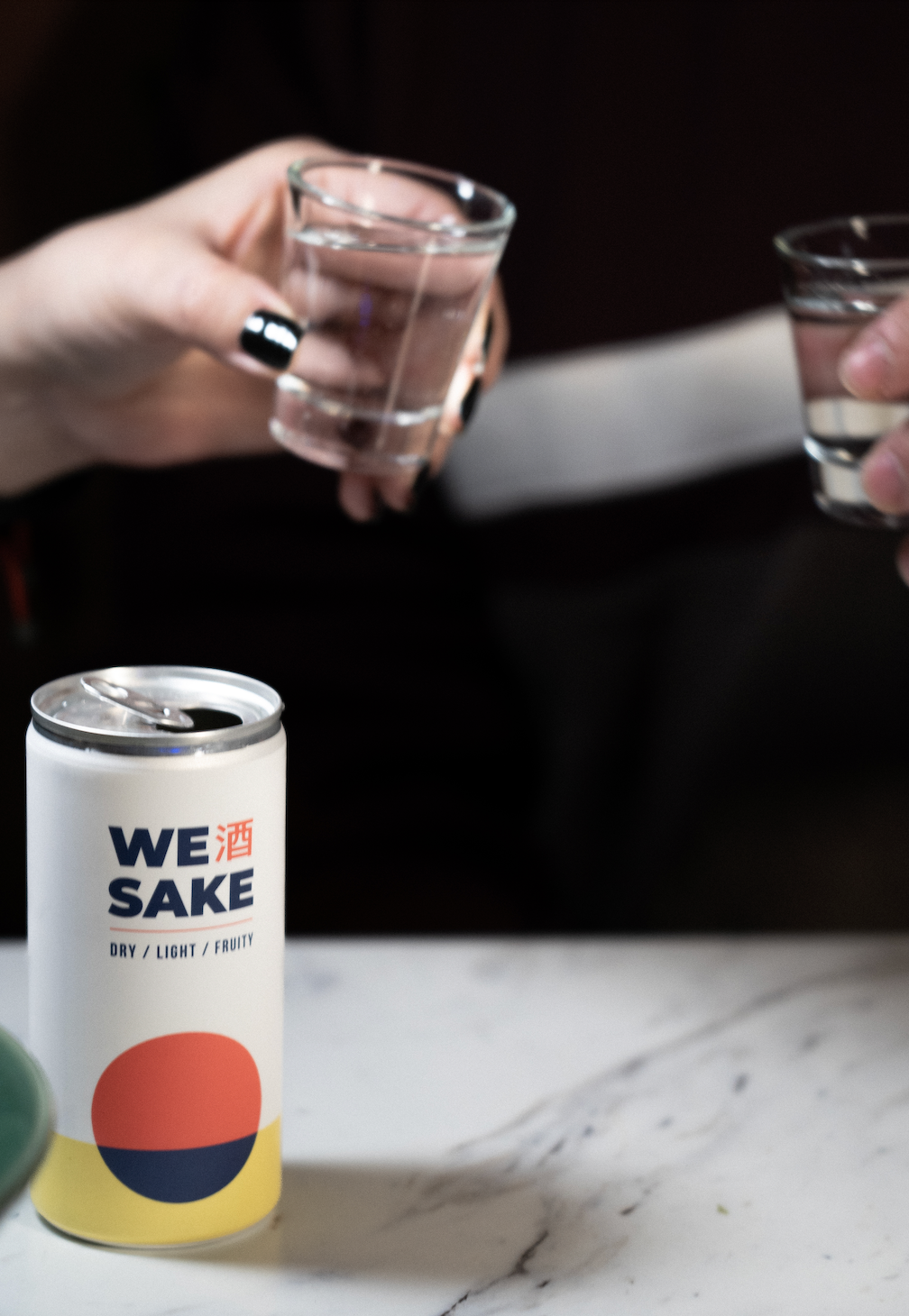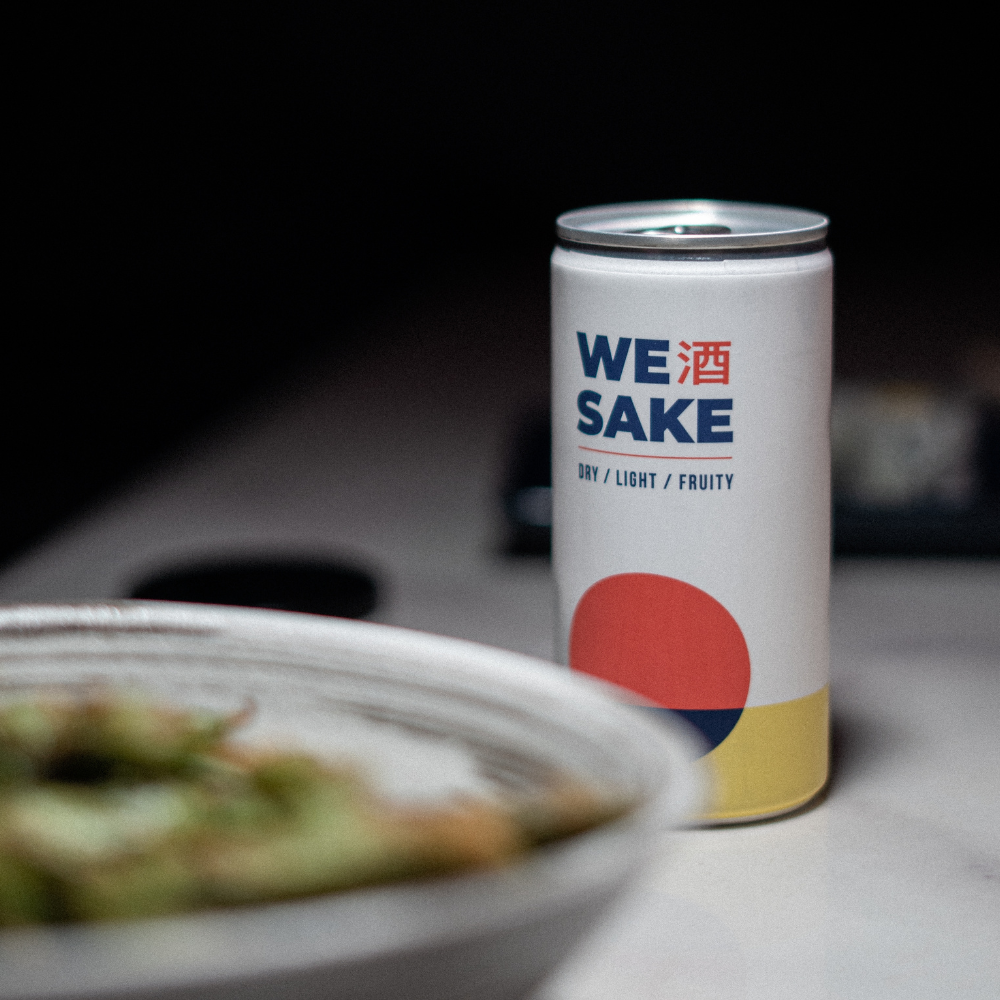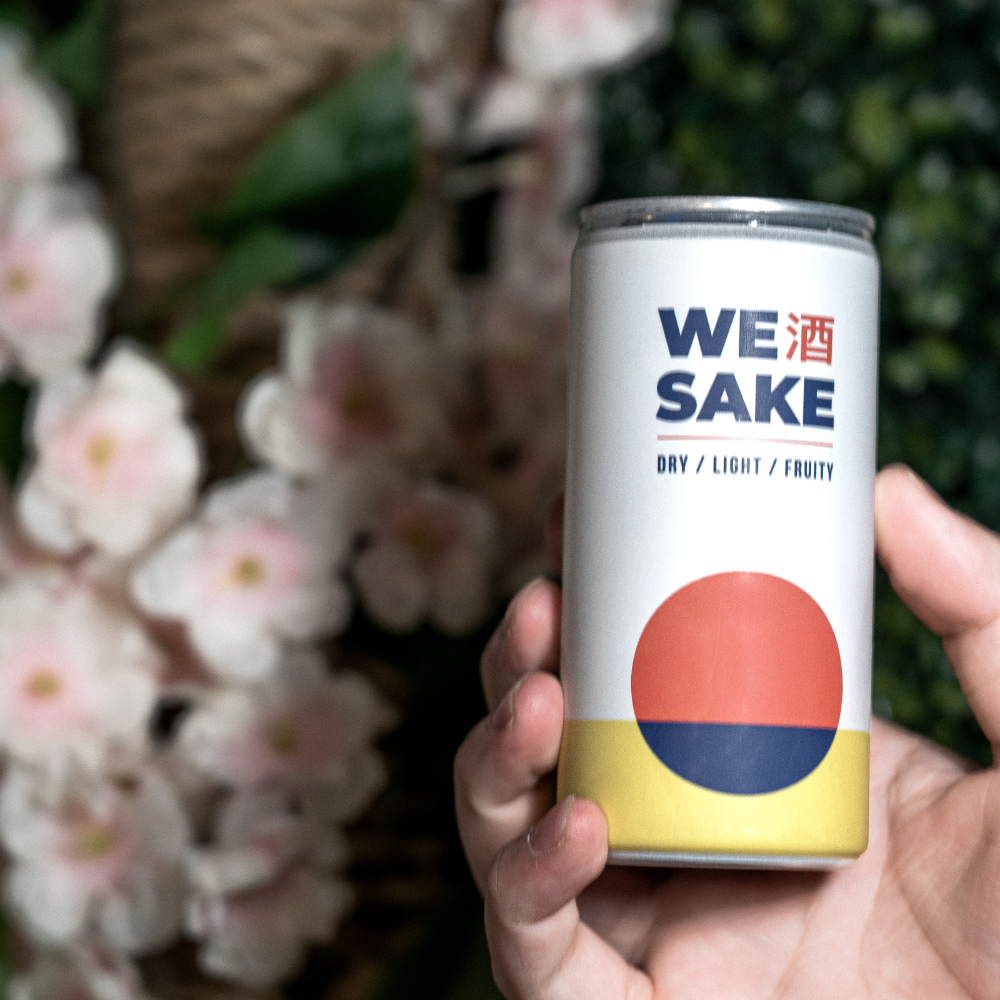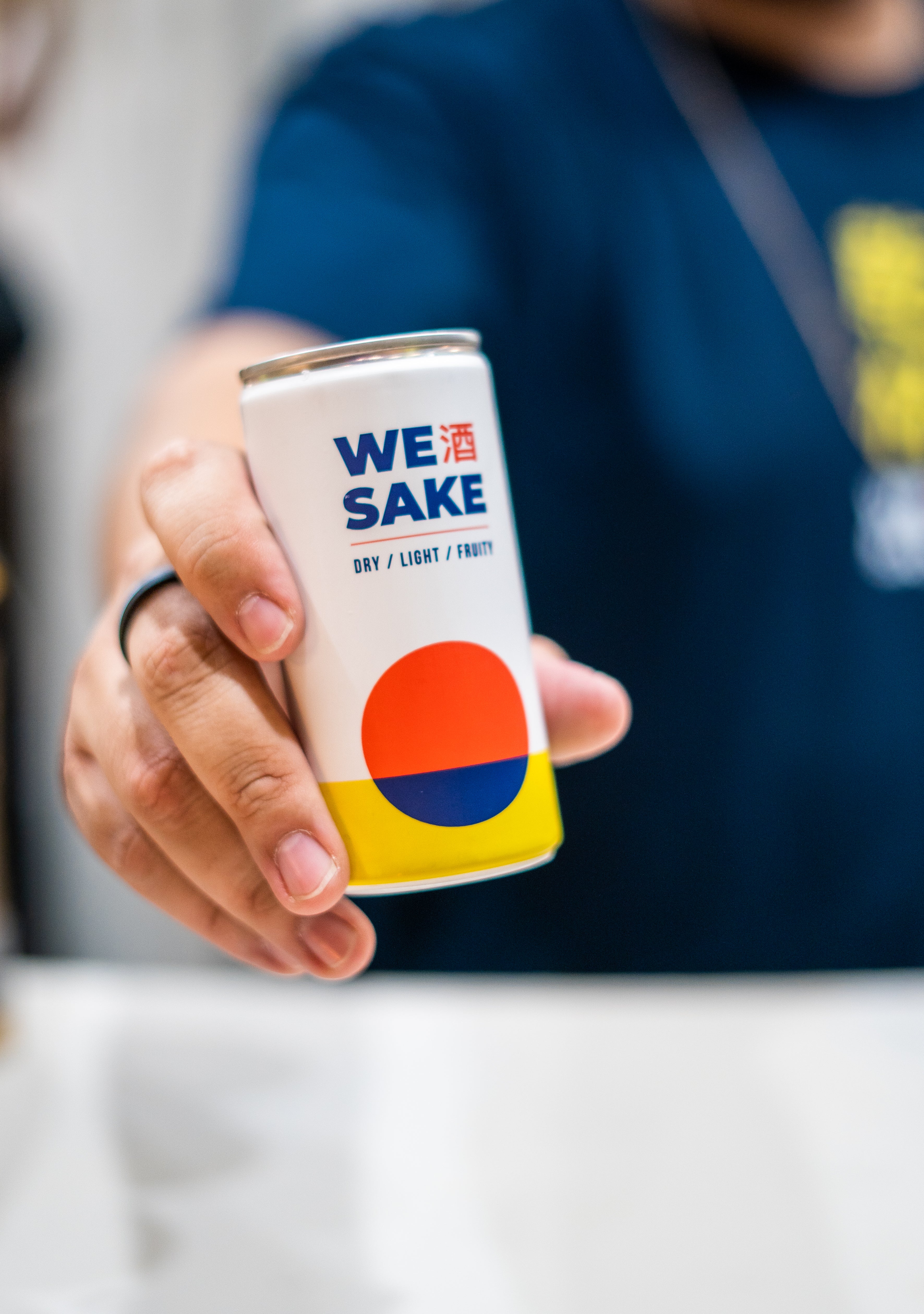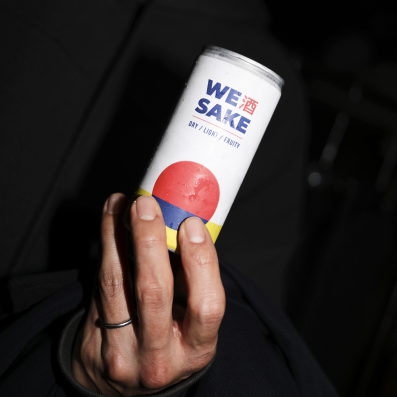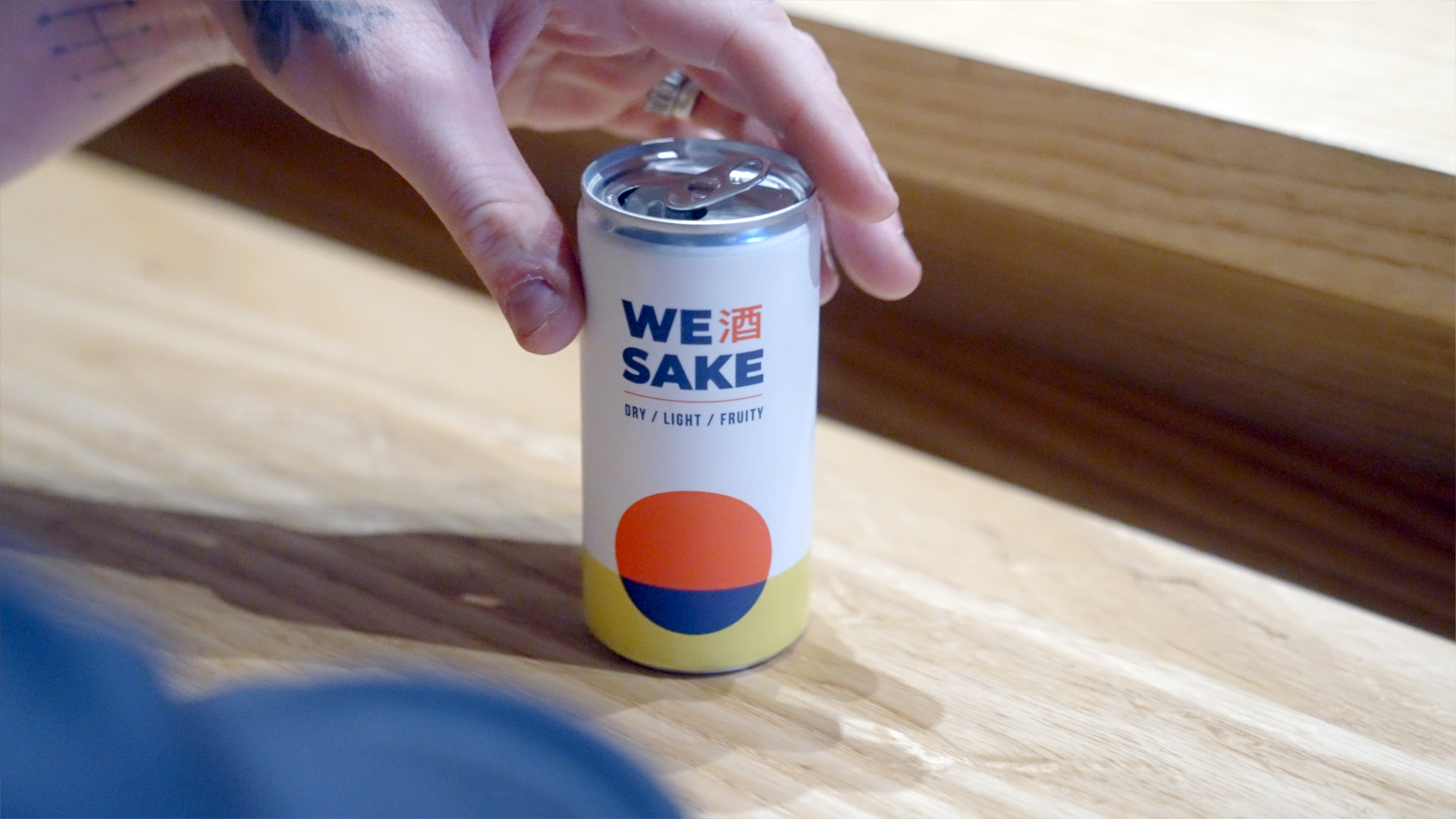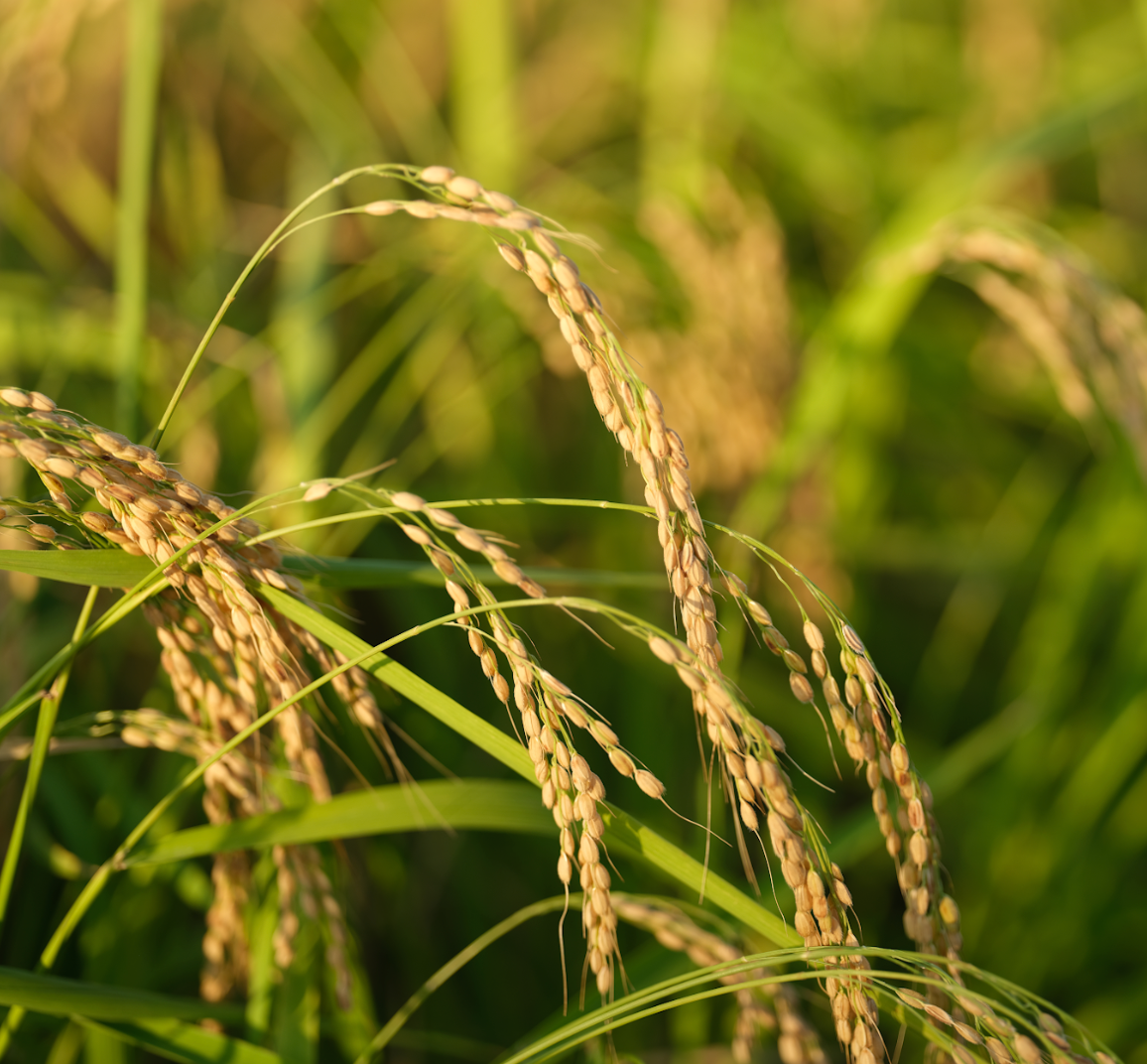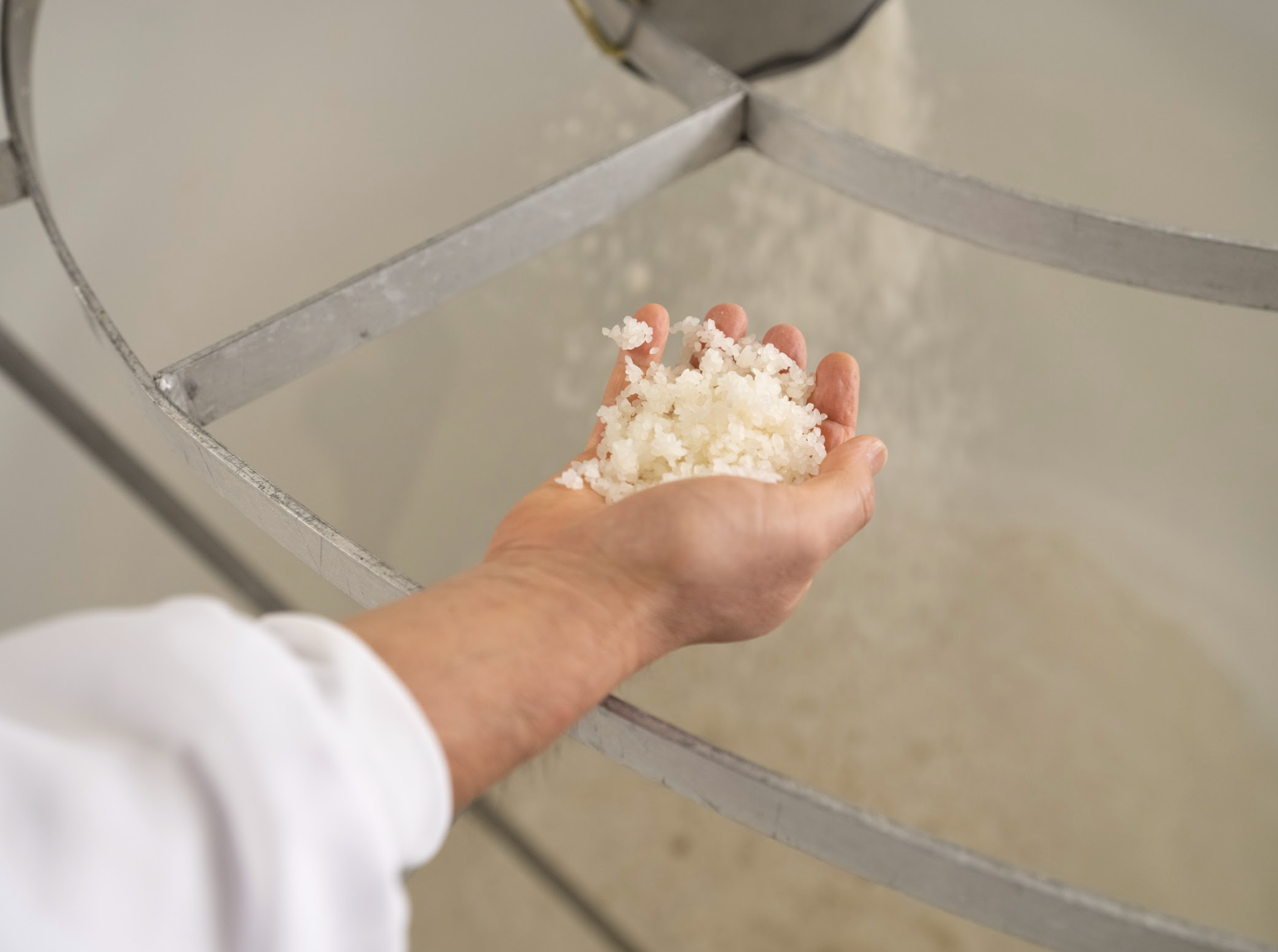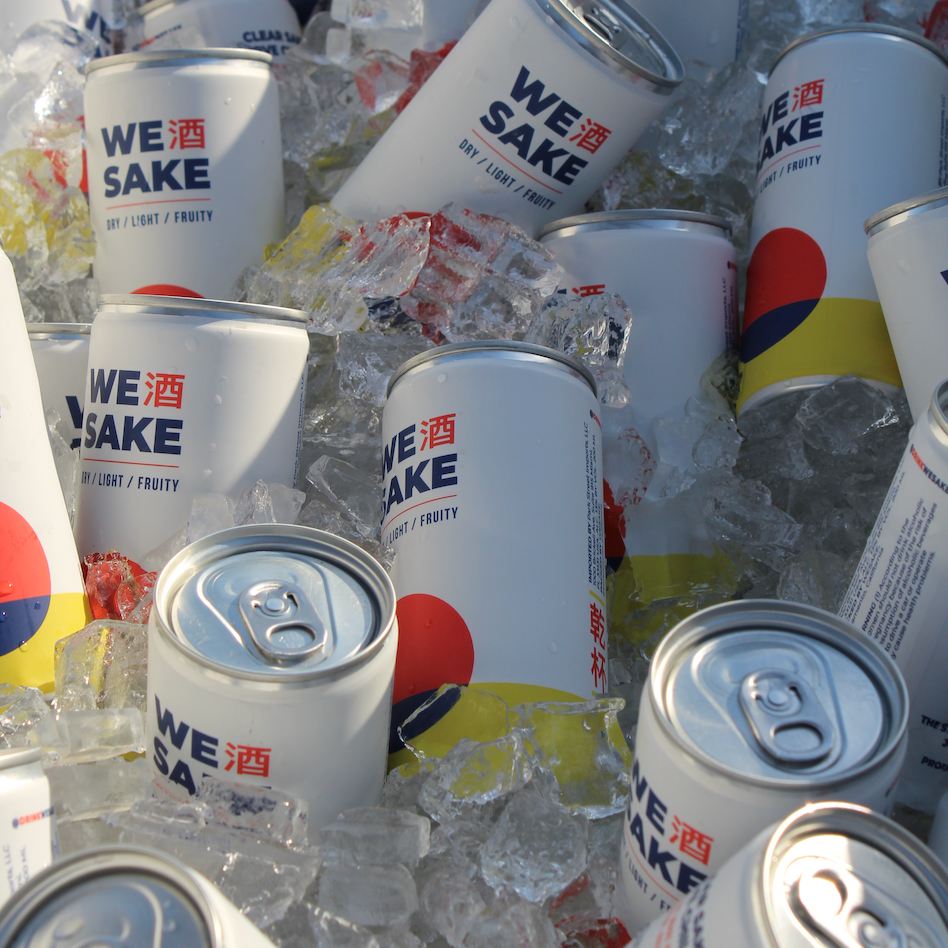Sake Categories and Classification
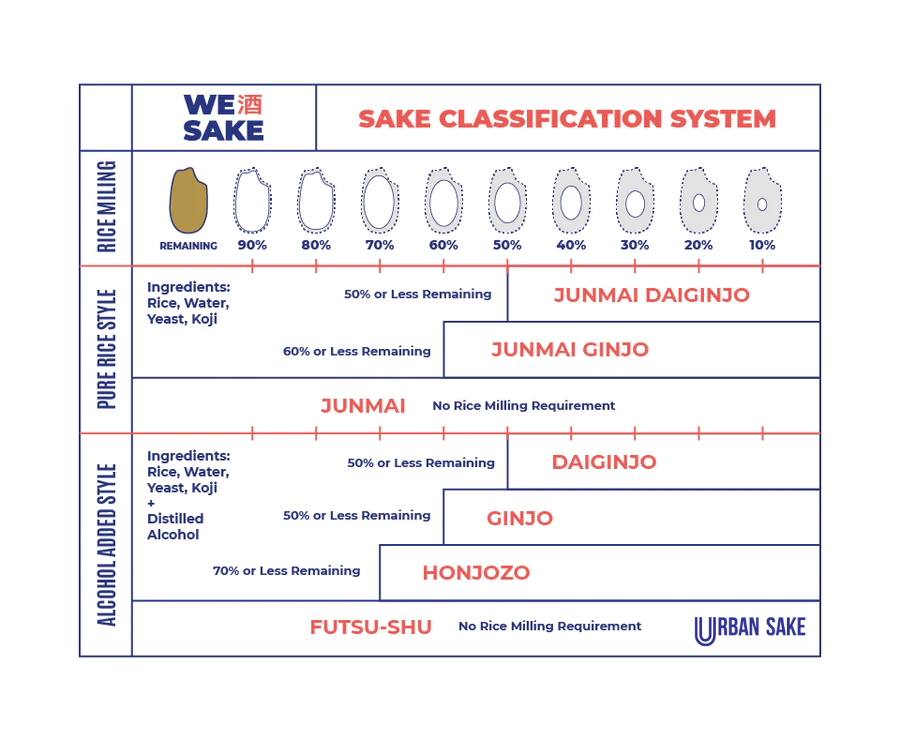
Classification Chart courtesy of UrbanSake.com
For centuries, Japanese sake, also known as nihonshu, has been an integral part of Japanese culture, history, and tradition. As one of the oldest alcoholic beverages in the world, sake's complexity and diversity have led to a sophisticated system of classification and categorization. In this blog post, we will explore the fascinating world of Japanese sake, understanding how it is categorized and classified, revealing the unique aspects that make it a truly exceptional drink.
- The Foundation of Japanese Sake:
Before delving into the classification, it's essential to grasp the core components that form the foundation of Japanese sake. Sake is brewed primarily from rice, water, yeast, and a microorganism called koji-kin, responsible for converting rice starch into fermentable sugars. The combination of different rice varieties, water sources, yeast strains, and brewing techniques contributes to a wide range of sake styles.
- The Role of Rice Polishing:
The polishing ratio, also known as seimaibuai, plays a crucial role in sake classification. This refers to the percentage of the outer rice grain removed during the polishing process. The more the rice is polished, the higher the grade and purity of the sake. The finest and most premium sakes often have a polishing ratio of 50% or lower, while more affordable sakes may have a ratio of 70% or higher.
- Sake Classification:
a. Junmai: Junmai is a traditional and pure form of sake that is made only from rice, water, yeast, and koji-kin. It contains no additional alcohol or additives and has a rich, full-bodied flavor profile. Junmai-shu is characterized by its hearty and robust taste, making it a favorite among sake enthusiasts.
b. Honjozo: Similar to Junmai, Honjozo also adheres to the strict traditional brewing method but with a small addition of distilled alcohol. The addition of alcohol imparts a lighter and crisper taste, bringing out subtle flavors and fragrances.
c. Ginjo: Ginjo represents a premium category of sake that is brewed using rice with a high polishing ratio, usually 60% or less. The fermentation process is carried out at lower temperatures, allowing the sake to develop complex and delicate aromas. Ginjo-shu often exhibits fruity, floral, and fragrant notes, making it an excellent choice for those seeking a more refined drinking experience.
d. Daiginjo: The pinnacle of sake craftsmanship, Daiginjo, uses rice with a polishing ratio of 50% or less. It undergoes an even more meticulous brewing process at lower temperatures, resulting in an exceptionally smooth and elegant sake. Daiginjo-shu is characterized by its refined, sophisticated flavors and is often served on special occasions and ceremonies.
- Nama, Nigori, and Aged Sake:
Apart from the main classifications, there are several unique styles of sake that provide distinct drinking experiences:
- Nama (unpasteurized) sake is bottled without pasteurization, preserving its fresh, vibrant flavors and delicate aroma.
- Nigori (cloudy) sake is coarsely filtered, leaving rice sediment in the final product, imparting a creamy and sweet taste.
- Aged sake, known as koshu, undergoes a maturation process that can last for several years, resulting in deeper, complex flavors akin to aged wines.
Conclusion:
Japanese sake is a world of artistry and craftsmanship, where tradition meets innovation. Its classification and categorization system showcase the expertise and passion of sake brewers who strive to create a diverse range of flavors and aromas. Whether you are savoring a classic Junmai or indulging in the refined elegance of a Daiginjo, Japanese sake offers an unparalleled journey through the rich tapestry of Japanese culture and heritage. So, the next time you raise a glass of sake, remember the centuries of dedication and expertise that go into producing this beloved elixir.
Kanpai!






